Caraway Seeds vs Fennel Seeds: A Spicy Showdown of Flavors and Uses
Table of Contents
Introduction
Ever stared at your spice rack and wondered if you’re using the right seed for the job? You're not alone! Caraway seeds and fennel seeds often get confused because they look so similar — like culinary twins separated by a spice aisle.
In this post, we’ll dive deep into the world of these two beloved seeds. Whether you’re an amateur home cook or a seasoned chef, you’ll walk away knowing exactly how to use each one and why they’re worth keeping in your kitchen.
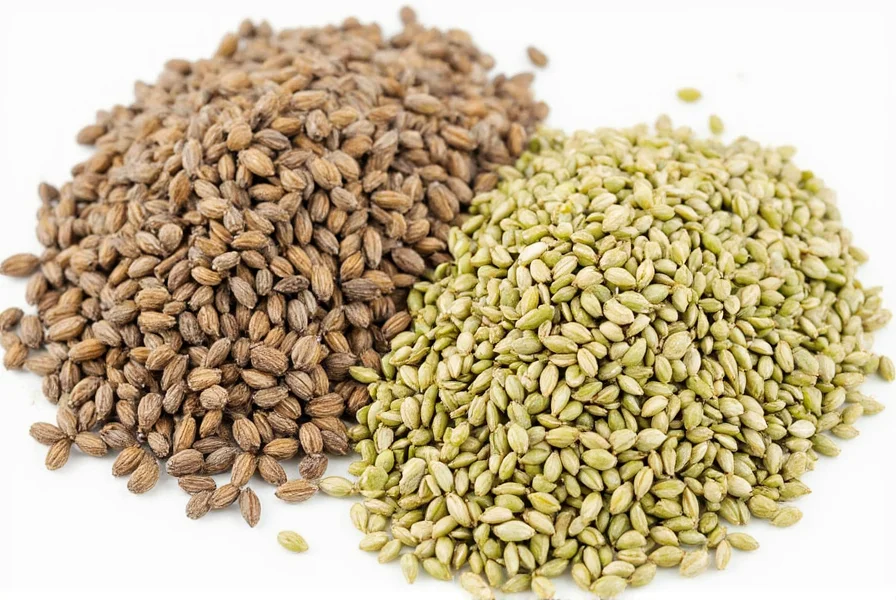
What Are Caraway and Fennel Seeds?
Let’s start with the basics. Both caraway and fennel seeds come from the Apiaceae family (also known as the parsley family), but they’re different species:
- Caraway Seeds: From the plant Carum carvi, commonly used in European and Middle Eastern cuisines.
- Fennel Seeds: From the plant Foeniculum vulgare, widely used in Mediterranean and Indian cooking.
Though their botanical families are related, their flavors, aromas, and culinary applications vary quite a bit!
Head-to-Head Comparison
To make things clear and visual, here's a side-by-side comparison of caraway seeds and fennel seeds:
| Feature | Caraway Seeds | Fennel Seeds |
|---|---|---|
| Botanical Name | Carum carvi | Foeniculum vulgare |
| Appearance | Small, curved, ridged, brownish | Longer, straighter, lighter greenish-yellow |
| Aroma | Earthy, nutty, slightly peppery | Sweet, licorice-like, herbal |
| Taste | Warm, spicy, earthy | Delicate, sweet, anise-like |
| Common Uses | Rye bread, cabbage dishes, sauerkraut, liquors | Cooking, teas, pickling, desserts |
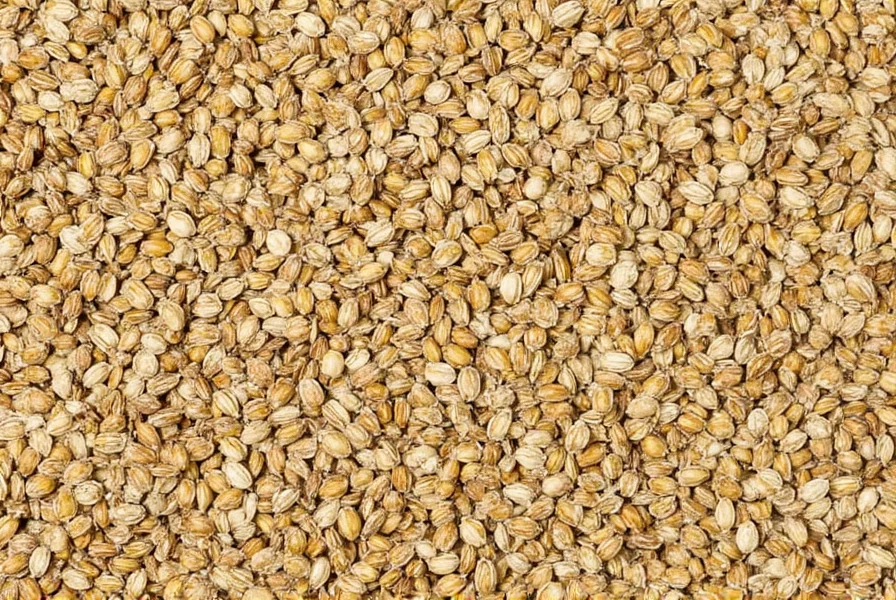
Taste Test: Caraway vs Fennel
If you were blindfolded and handed both seeds, could you tell them apart? Let’s find out!
Caraway Seeds: The Earthy Warrior
Think of caraway seeds as the bold cousin who isn’t afraid to bring depth to your dishes. Their flavor is warm, nutty, and just a little spicy — like a campfire roasted over rye bread.
They’re great in savory dishes, especially those that need a grounding, earthy note. Caraway also has a slight bitterness that balances sweetness beautifully — making it a key player in classic recipes like German sauerkraut and Scandinavian aquavit.
Fennel Seeds: The Sweet Dreamer
Fennel seeds are like the gentle sibling who makes everything taste fresh and light. They have a mild, sweet, licorice-like flavor that can instantly brighten up any dish.
You’ll find fennel seeds in Italian sausage, Indian curries, and even desserts like biscotti. Their subtle aroma makes them perfect for tea blends and breath-freshening mixes too!
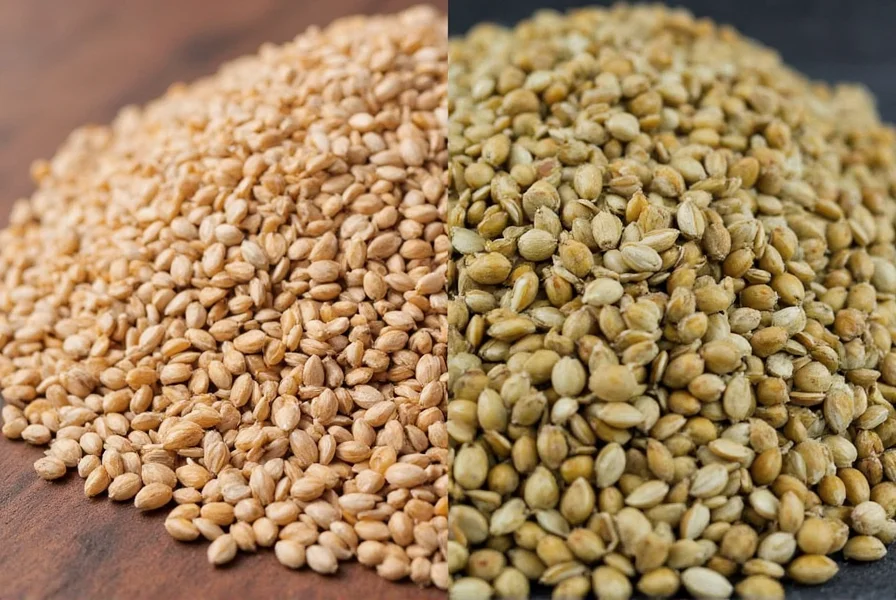
How to Use Them in Cooking
Knowing where to use each seed can elevate your cooking game. Here are some pro tips:
Top 5 Ways to Use Caraway Seeds
- In Rye Bread: Caraway and rye are soulmates. Toss a teaspoon into your dough for that authentic bakery flavor.
- With Cabbage Dishes: Sprinkle lightly over coleslaw or sauerkraut for extra zest.
- Seasoning Meats: Try mixing with salt and pepper to rub onto pork or lamb before roasting.
- Liquor Infusions: Used in traditional spirits like kummel and aquavit. Fun DIY project alert!
- Seed Crackers: Mix into cracker dough for a rustic, hearty snack.
Top 5 Ways to Use Fennel Seeds
- Italian Sausage: Fennel seeds give sausage its signature flavor. Toast them first for a deeper taste.
- Curry Blends: Commonly found in garam masala and panch phoron. Add warmth and fragrance.
- Desserts: Use sparingly in cookies or cakes for a floral hint.
- Tea: Boil with ginger and honey for a soothing digestive tonic.
- Pickling: Great in brines for pickled vegetables or fruits.
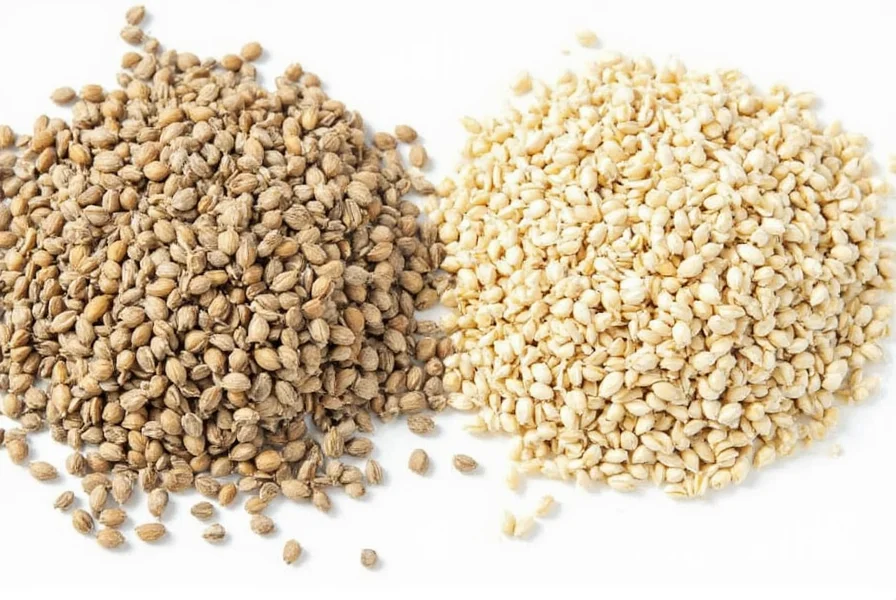
Buying Guide: How to Choose the Best
Choosing the right quality seeds can make all the difference. Here's what to look for when buying:
For Caraway Seeds
- Whole vs Ground: Always opt for whole seeds; they retain flavor longer.
- Color: Dark brown to blackish, with visible ridges.
- Aroma: Should smell earthy and slightly sharp when crushed.
- Brand Recommendations:
- McCormick Caraway Seeds: Reliable and consistent quality.
- Berlin Organics Organic Caraway: Great for health-conscious cooks.
For Fennel Seeds
- Size: Longer than caraway, usually around 4–8 mm.
- Color: Pale green to yellowish.
- Aroma: Sweet, clean scent reminiscent of anise or dill.
- Brand Recommendations:
- Frontier Co-op Whole Fennel Seeds: Pure, organic, and potent.
- Spice Islands Fennel Seeds: Affordable and widely available.
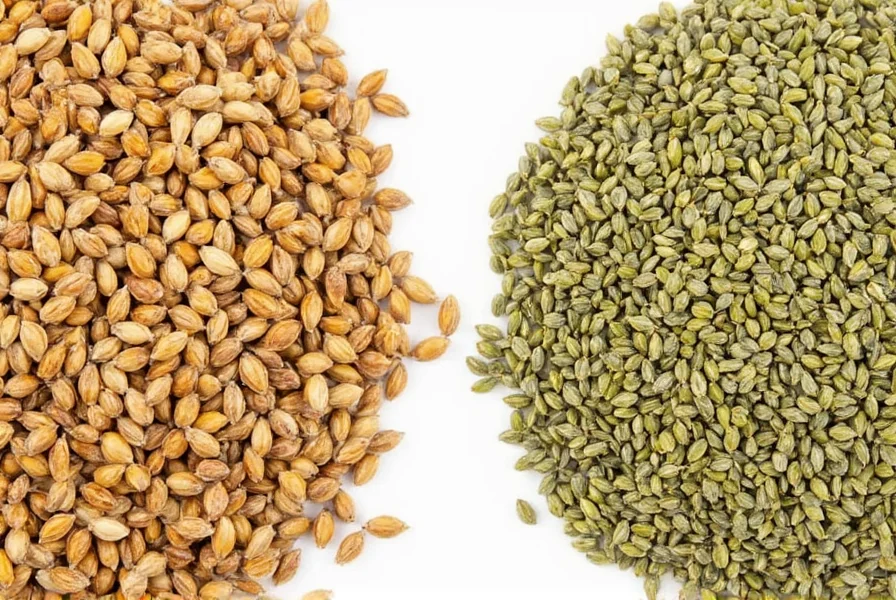
Fun Facts & Myths Debunked
Let’s bust some myths and share a few quirky facts about these seeds:
- Myth: Caraway seeds help with weight loss.
- Truth: While they support digestion, there’s no direct evidence they aid significant weight loss.
- Myth: Fennel seeds are just baby carrots.
- Fact: Nope! They’re part of the same plant family as carrots but aren't related directly.
- Did You Know?: Caraway is called “meridian fennel” in some old cookbooks — adding to the confusion!
- Historical Fun: In medieval Europe, caraway was believed to keep chickens and lovers from wandering — now that’s commitment!
Conclusion
So, caraway seeds vs fennel seeds — which one wins? The real winner is your kitchen! Both seeds bring unique flavors and textures to the table, and understanding their strengths helps you become a more confident cook.
Whether you're baking a dense rye loaf or whipping up a batch of homemade sausage, choosing the right seed can transform your meal from good to gourmet. And now, thanks to this showdown, you’ve got the know-how to make the best choice every time.
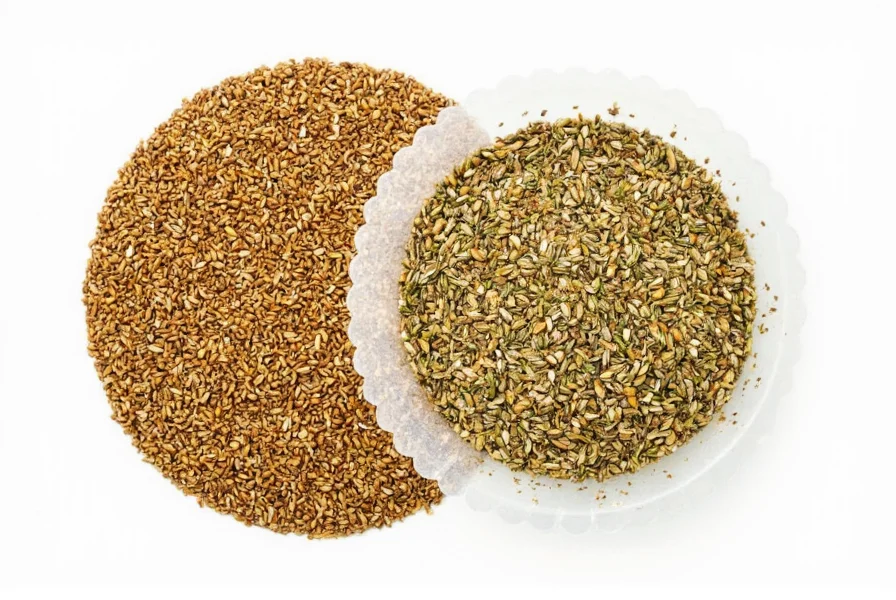

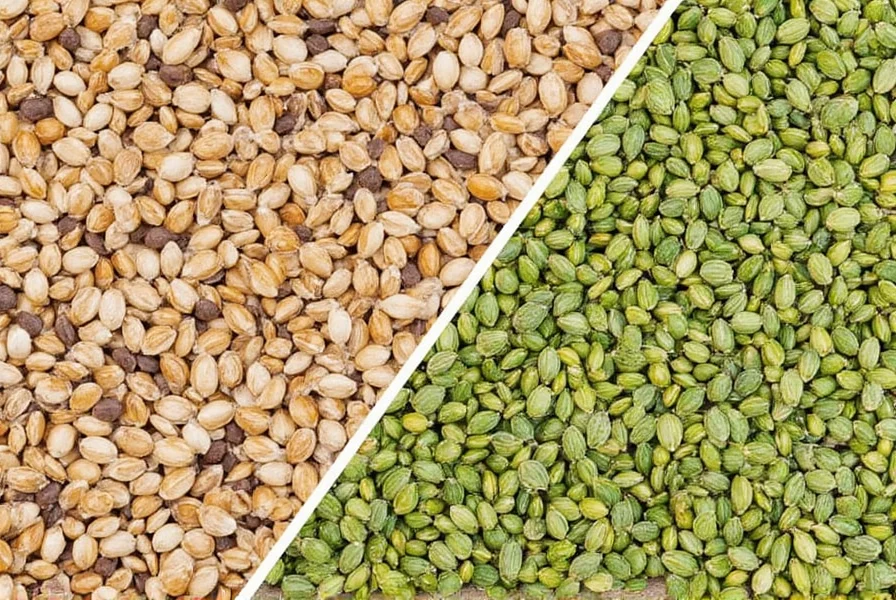









 浙公网安备
33010002000092号
浙公网安备
33010002000092号 浙B2-20120091-4
浙B2-20120091-4